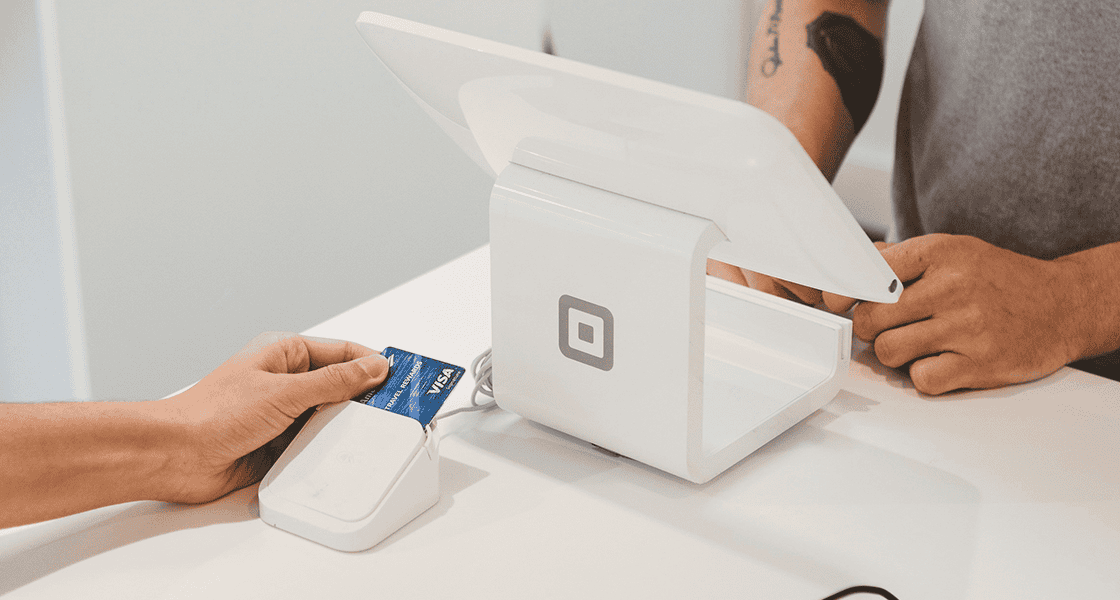Retail & Distribution
Harnessing the Power of Voice Search in Retail
2 November 2018
Did you know that voice search promises to account for 50 percent of online searches by 2020? Already, an estimated 600 million people globally use voice-activated assistants such as Alexa (Amazon), Siri (Apple), Google Assistant, or Cortana (Microsoft) at least once a week. Voice search is not a fad, and the technology is poised to have a big impact on your sales and growth over the next few years.
A new study by Business Insider reveals that 51% of US consumers currently use this channel to research products, add to their wish list (36%), and make purchases (22%). It’s still too early to say how much voice search will revolutionize the way we shop, but savvy retailers are considering how they can optimize their brand and product content to be found via voice queries, right now. The question is: are you doing the same?
Voice Search for Retail: Foe or Friend?
It’s easy to look at any new dramatic change in consumer behavior as a hurdle, but it should be no surprise that smart speakers and virtual assistants are becoming more and more popular. After all, they offer the convenience and speed that many of us crave and fit in seamlessly around our busy day-to-day lives. You can find a music playlist, ask for an update on a news topic, or check a recipe hands-free while you’re doing something else, like cooking, for instance, allowing you to multitask and spend less time on-screen.
To look on the bright side, retailers can consider voice search as just another communications channel that brings their clients, brand, and products closer. In fact, some say it promises to be a great tool to build customer loyalty. Insider Trends reports that using these devices enables “a much more personal and intimate exchange,” between the brand and the consumer, and that this offers “a lot of scope for retailers to really personalize the interactions.”
When it comes down to it, adjusting your marketing efforts for voice search does not require a complete shift in perspective. It is still about placing your customers’ needs at the heart of your strategies and offering them an exceptional experience at each brand interaction. The cherry on the cake? For those early voice search adopters who tailor their efforts to meet shopper expectations, there will be plenty of rewards.
Conversational Search and Purchase Intent
It’s no wonder the rise of voice search creates some anxiety among retail marketers. They spent precious years learning to master search engine optimization tactics to compete among thousands of relevant results amid regular algorithm changes. Then as social media grew in popularity, they had to move to publish regular, engaging, visually-appealing content across channels to bring brands to life and place products in front of customers whose attention span is getting shorter and shorter.
Now with voice search, it feels like we can throw the rulebook out the window once again, because virtual assistants will likely present only one result at a time to the user, and it’s not clear yet how each provider will sort through, assess, and select which content is the most relevant to answer the query. In some ways, voice search is bound to make keyword research tougher, and possibly irrelevant.
It’s not all doom and gloom though. Forbes reveals that because “positioning yourself for voice search means answering customer questions more directly… the customers that find you will be more highly targeted and likely to find your content relevant.” Because virtual assistants are embedded into a customer’s life, queries via the channel will probably be both contextual and driven by a strong purchase intent.
Because of this, collecting and analyzing data from this channel should offer unprecedented insights into customers’ behavior on the path to purchase. “Behind every voice query lies data ripe with real-time intent and context than perhaps any other source of shopper information,” explains MarTech Today. This offers “real-time data that marketers can use to develop more customer-centric engagement strategies.”
We might not have the full picture on voice search yet, but it’s an exciting time to gain awareness of its impact on your retail business so you’re not left behind. And there are practical steps you can take right now to help your brand succeed in this brand new fast-evolving landscape.
Get Ready for Voice Search: Where to Start?
1. Rev up your omnichannel capabilities
If ever there was a time to invest in omnichannel commerce, it’s now. Having physical stores and an e-commerce site that are ticking along is no longer enough. Your brand’s presence and offering needs to be integrated across channels so that customers can seamlessly interact with you across touchpoints anytime, anywhere. This foundation is critical to offer an enhanced, personalized customer experience and build brand loyalty. Retailers who have already refined their omnichannel capabilities will be better positioned for voice search success.
Consider this scenario: A shopper asks Siri about where to find sporting goods, Siri finds your store and offers to supply directions or call the store. The shopper has Siri place the call. When that call comes through, the sales associate needs access to real-time inventory information and the ability to fulfill the order right then and there (store-to-home, web-to-home or web-to-store), transferring products between locations, if needed. The voice-searching shopper wants instant gratification, and you never want to miss a sale, so it’s more important than ever to offer a swift and frictionless shopping experience.
2. Review and enhance your SEO strategy
One look at the new Google guidelines reveals that like social media before it, voice search is set to continue pushing retailers to craft a brand voice that is more conversational. Unlike when a computer or mobile user is typing out a search in Google for “men hiking boots,” a voice search user might ask a more informal question such as “Is there an outdoors shop open near me?” or even “Where do people hike around here?”
This requires a shift from the SEO best practices previously used in retail to voice-optimized SEO tactics that attract the attention of Alexa and her counterparts. “Conversational, question-and-answer style pages tend to suit voice search very well,” Practical Commerce suggests. To align with the consumers’ intent at the time of search, retail marketers must rethink the content they publish around their brand and products to feel more natural and offer valuable answers adressing the questions their customers are likely to search for.
3. Embrace a mindset of collaboration and partnership
Being found and heard in the voice search landscape will take proactive partnerships between retailers, their third-party providers, and the tech giants who develop virtual assistants. Already Alexa can communicate with Cortana, helping connect the dots between consumers’ Windows calendars, contacts, and their potential need for information, goods or services. Connectivity is key and retailers who have selected a POS partner who is already working with the leaders in this space will be at an advantage.
Exclusive partnerships specifically designed to create interactive customer experiences for this channel will also be a great way to test the waters. Pioneering brands are in fact already experimenting with innovative campaigns on leading virtual assistant platforms. For example, Starbucks aficionados can ask their Google Assistant to arrange for their favorite coffee order to be ready for pickup at an appointed time and store. And the Google Home smart speaker is helping consumers connect with “Liv” at Estée Lauder for personalized skincare questions and recommendations.
The New Frontier of Frictionless Retail
Voice search-driven shopping is in many respects the ultimate form of frictionless retail. The moment something pops into a consumer’s mind, he or she need only say the words, and voilà, the wheels are set in motion for fulfillment. It’s easy to imagine a future in which virtual assistants can take into account a user’s shopping history and preferences to offer personalized recommendations within the context of their query and if retailers want to succeed with voice search, they need to get ready to play their part.
Making sure you already have an all-in-one retail solution that gives you a centralized, in real-time, 360-degree view of your customers and inventory is the first step to bolster your business for this new commerce frontier. Our retail experts are here to guide you in the transformation of your strategy and operations! Contact us today to learn how we can help you never miss a sale.


